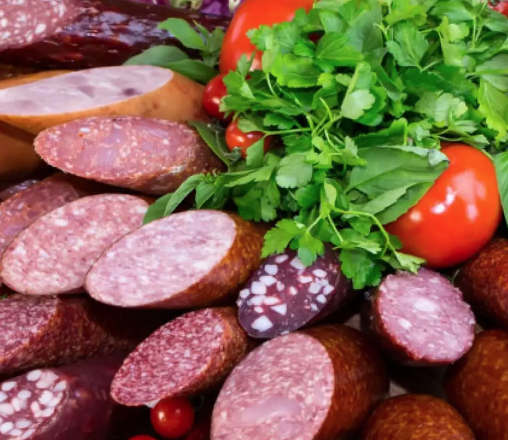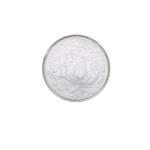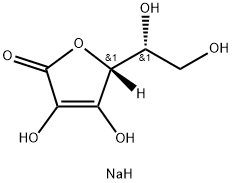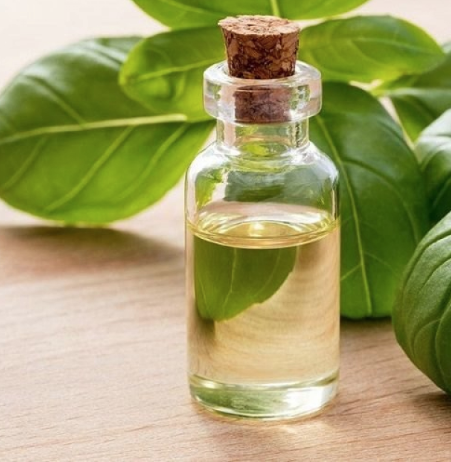What is sodium erythorbate used for in food?
Introduction
Sodium erythorbate (E 316) anhydrous has the molecular formula C6H7O6Na. The molecular weight is 198.11 g/mol. The CAS Registry Number is 6381-77-7, the EINECS number is 228-973-9, and the EC name is 2,3-didehydro-3-O-sodio-D-erythro-hexono-1,4-lactone (EC Inventory, online). The systematic name is D-erythro-hex-2-enonic acid, γ-lactone, sodium salt (1:1). Other names include: D-erythro-hex-2-enonic acid, γ-lactone, monosodium salt; araboascorbic acid, monosodium salt; erythorbic acid sodium salt; sodium D-isoascorbate; sodium erythorbate (SciFinder, software).
An isomeric form of sodium erythorbate anhydrous (C6H7O6·xNa) has the CAS registry No 7378-23-6, the EC number 230-938-8 and the EC name isoascorbic acid, sodium salt. In this substance, the number of sodium ions is undefined. The molecular formula for sodium erythorbate monohydrate is C6H7O6Na·H2O, and the molecular weight is 216.13 g/mol. The chemical name is D-erythro-hex-2-enonic acid, γ-lactone, sodium salt hydrate (1:1:1).
Sodium erythorbate is described in Commission Regulation (EU) No 231/2012 as a white crystalline solid, freely soluble in water and very slightly soluble in ethanol.
Synthesis
Erythorbic acid is manufactured starting from calcium 2-keto-D-gluconate obtained by fermentation of a food-grade starch hydrolysate, together with calcium carbonate by Pseudomonas fluorescens (strain not disclosed). The resulting fermentation broth is acidified to produce 2-keto-D-gluconic acid. The acidified broth is then filtered and decalcified (over cation exchange resin). This purified 2-keto-Dgluconic acid solution is concentrated and esterified with methanol under acid conditions to yield methyl 2-keto-D-gluconate. The ester is crystallised by cooling, separated, washed with methanol and subsequently converted to sodium erythorbate by heating the suspension after the addition of sodium bicarbonate or sodium carbonate. The sodium salt is crystallised by cooling.
For purification, the isolated sodium erythorbate (obtained as described above) is dissolved in water, and the solution is pH adjusted and filtered. The filtrate is also passed over ion exchange resins and decolourised with activated carbon. The resulting solution is concentrated, and the sodium erythorbate is crystallised by cooling. Crystalline sodium erythorbate is separated, washed with water and methanol, dried, sifted or milled, and packaged.
Used


Sodium erythorbate is a food additive used primarily in meats, poultry and soft drinks. Chemically, it is the sodium salt of erythorbic acid. When used in processed meats such as hot dogs and beef sticks, it increases the rate at which nitrites convert to nitric oxide, allowing for faster curing and retention of pink colour. As an antioxidant structurally related to vitamin C, it helps improve flavour stability and prevents the formation of carcinogenic nitrosamines. When used as a food additive, its E number is E316. The use of erythorbic acid and sodium erythorbate as food preservatives has increased dramatically since the U.S. Food and Drug Administration banned the use of sulfites as preservatives in foods intended to be eaten fresh (such as ingredients in fresh salads). It is also found in deli meats and is occasionally used in beverages, baked goods, etc.
[1] on Food Additives, EFSA Panel and Nutrient Sources added to food (ANS). “Scientific Opinion on the re-evaluation of erythorbic acid (E 315) and sodium erythorbate (E 316) as food additives.” EFSA Journal 14 1 (2016).
[2] Sodium erythorbate - La Guilde Culinaire - La Guilde Culinaire https://www.laguildeculinaire.com/en/products/erythorbate-de-sodium?srsltid=AfmBOopzLXVCl3kPiB48G14XptdulZ5JKRAkklwPMBNhiVCGprAq5ydN
References:
[1] ON FOOD ADDITIVES E P, ADDED TO FOOD (ANS) N S. Scientific Opinion on the re-evaluation of erythorbic acid (E 315) and sodium erythorbate (E 316) as food additives[J]. EFSA Journal, 2016, 14 1. DOI:10.2903/j.efsa.2016.4360.You may like
See also
Lastest Price from Sodium erythorbate manufacturers

US $99.00/Kg2025-06-04
- CAS:
- 6381-77-7
- Min. Order:
- 1Kg
- Purity:
- 98%
- Supply Ability:
- 20000

US $6.00/kg2025-04-21
- CAS:
- 6381-77-7
- Min. Order:
- 1kg
- Purity:
- 99%
- Supply Ability:
- 2000KG/Month


